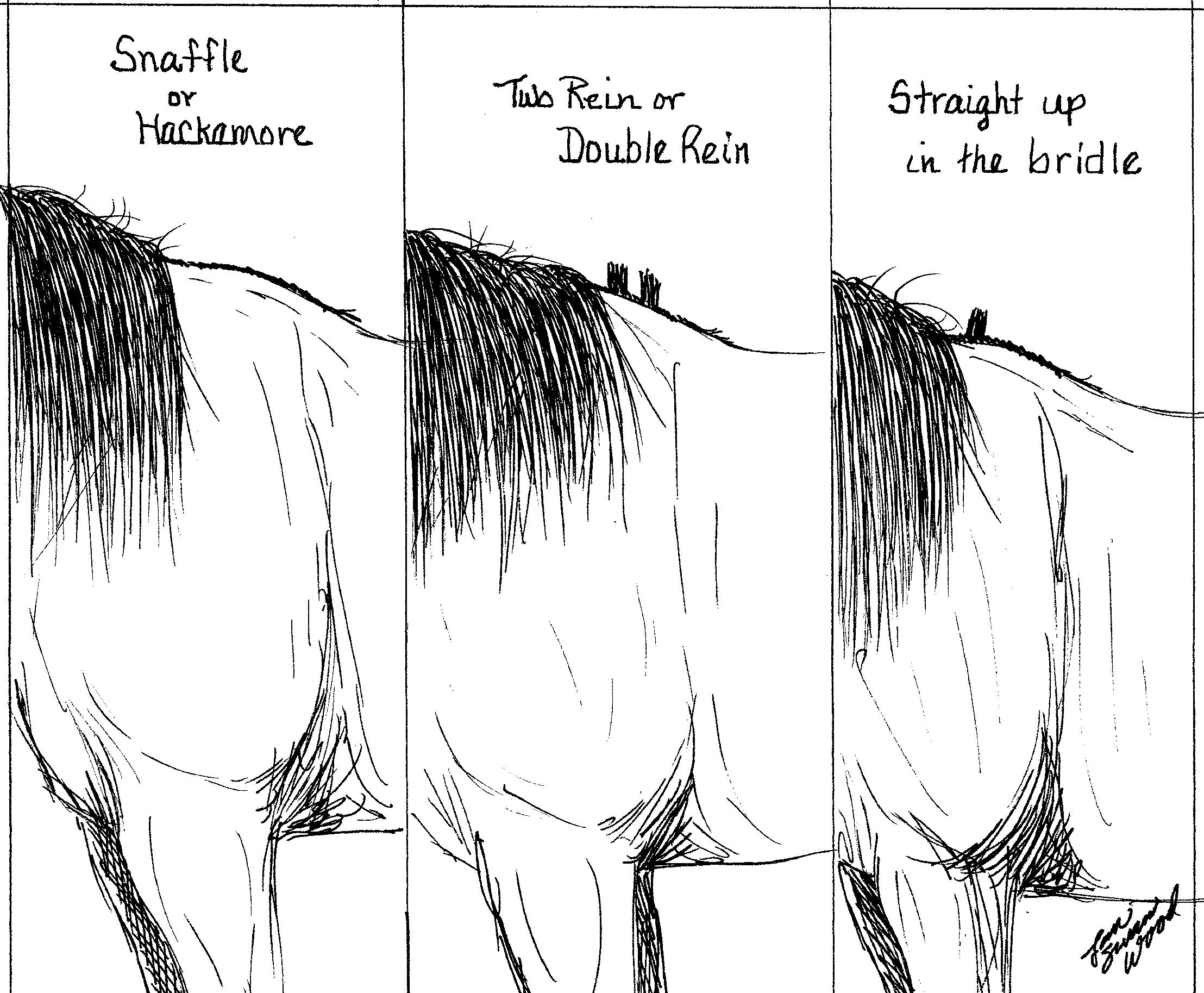
What is a Wither on a Horse? Understand How It Affects Your Horse's
The muzzle is the part of the horse's head that includes the area of the mouth, nostrils, chin, lips, and front of the nose. The muzzle is very mobile and sensitive. Whiskers help the horse sense things close to its nose and the skin is almost hairless. Beneath the skin is cartilage. Continue to 2 of 29 below.
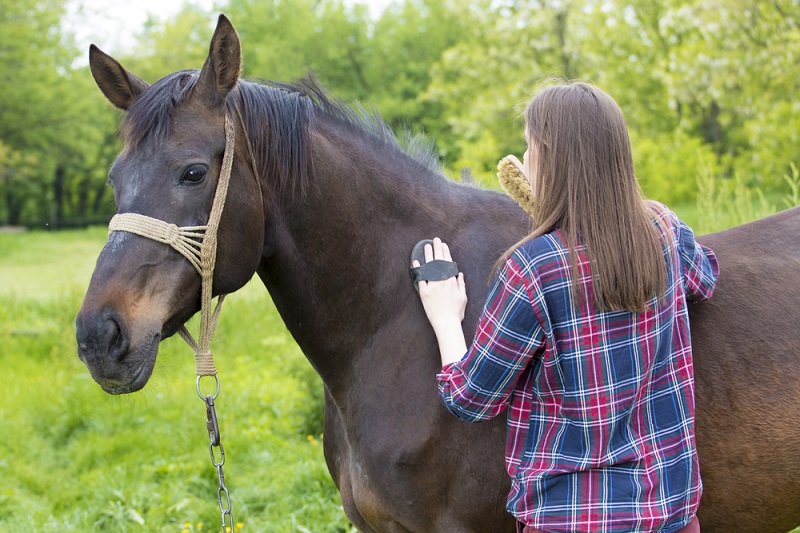
Horse Withers Anatomy, Care, and Common Issues Vetericyn
The comfort and health of the horse's withers is a central key to its performance and soundness. The withers are the part of the spinal column that lies in between the animal's shoulder blades and includes the third to 11th thoracic vertebrae. Collectively these vertebra project upwards into an arch. Their uniquely prominent (tall) spinous.
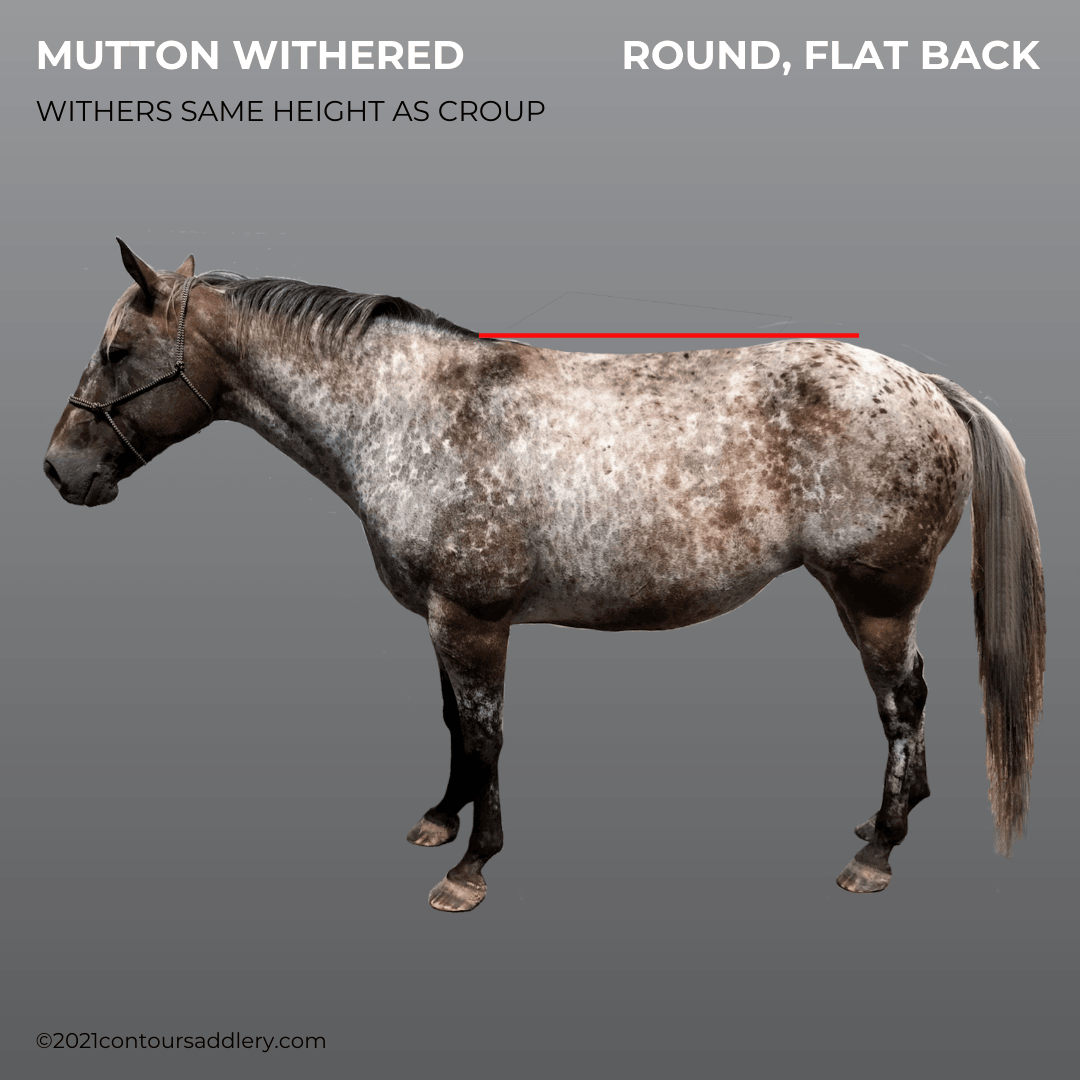
Shimming for a Level Horse Mutton Withered Natural
Inside and Out A horse's withers (the term is always plural—there is no singular "wither") are formed by a section of his spinal column. The roughly nine linked bones that make up this section—thoracic vertebrae numbers 3 through 11 on anatomy charts—have a unique shape.

Back Profile and Tree Selection Part 1 Horses with withers My
A wither on a horse is a part of the anatomy that affects the horse's conformation and comfort when ridden. This article will provide an introduction to the anatomy of the withers, how it affects the horse's performance, and how to care for the withers. Definition of Withers

Horse Wither Types and Problems The Ultimate Guide Kavallerie
Explaining the misconception that withers are not a significant anatomical feature. Misconception: There is a misconception that withers are not a significant anatomical feature and do not play a crucial role in a horse's overall health and performance. Reality: Withers are indeed a significant anatomical feature. They contribute to the horse's balance, movement, and overall conformation.
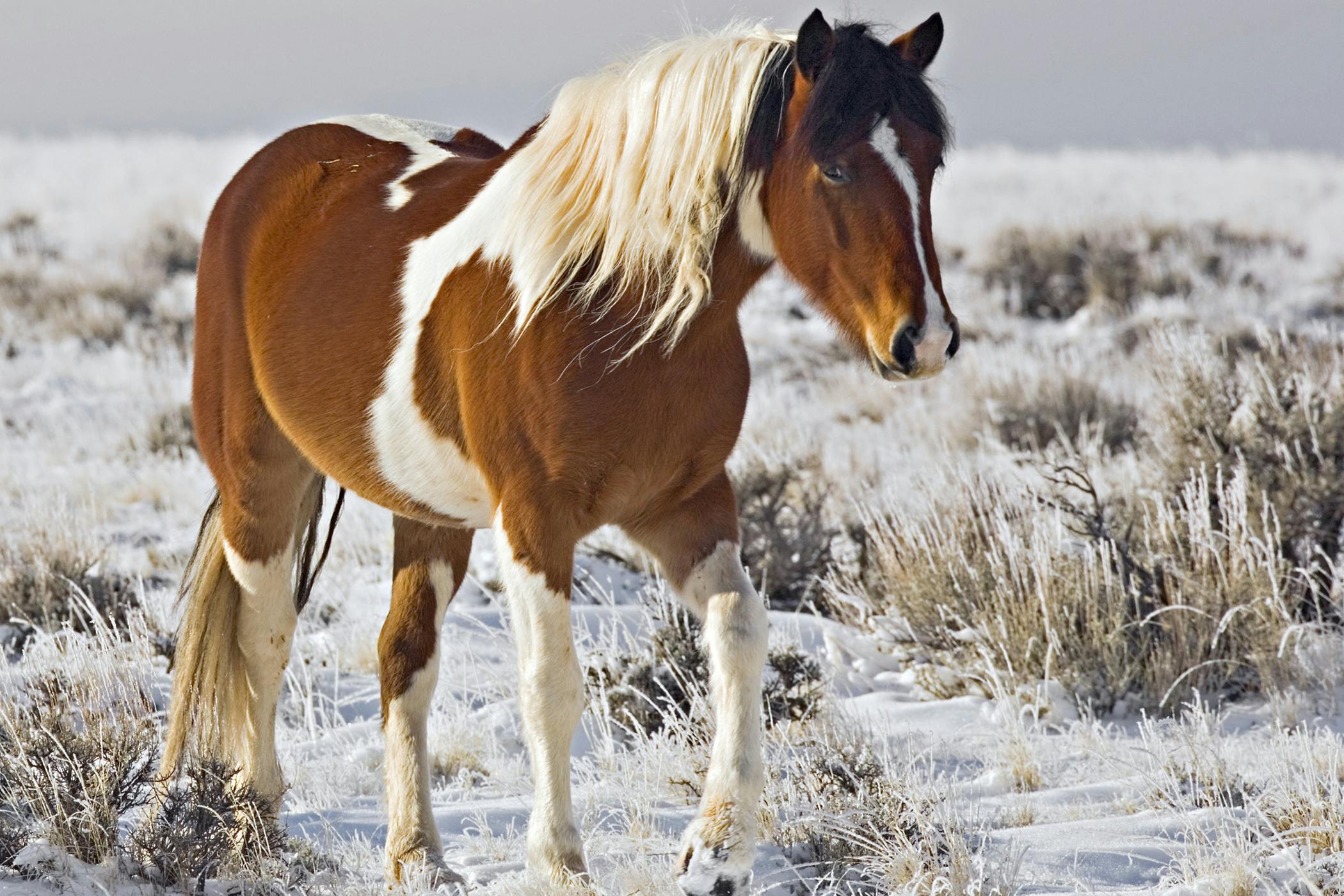
Fistulous Withers in Horses Symptoms, Causes, Diagnosis, Treatment
Think again. The withers are much more than just a bony ridge on your horse's back. In fact, they're a key part of how your horse moves. The health and conformation of your horse's withers affect their stride, speed, jumping ability, the way saddles fit, and their overall comfort.
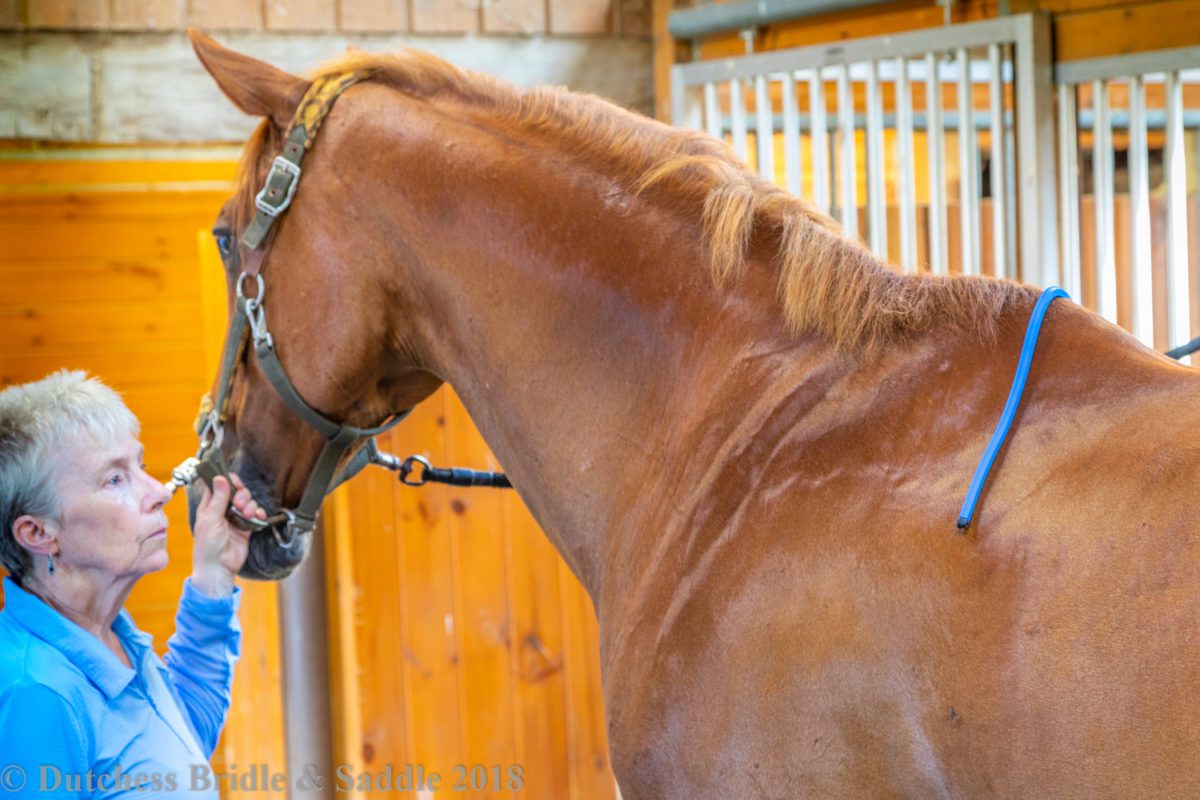
How to Take A Wither Tracing Like a Saddle Fitter
The withers are the highest point on a horse's back, located between the shoulder blades, and serve as a key anchor point for various connective tissues and elastic ligaments. The withers are composed of the dorsal spinal processes of the third to the eleventh thoracic vertebrae.
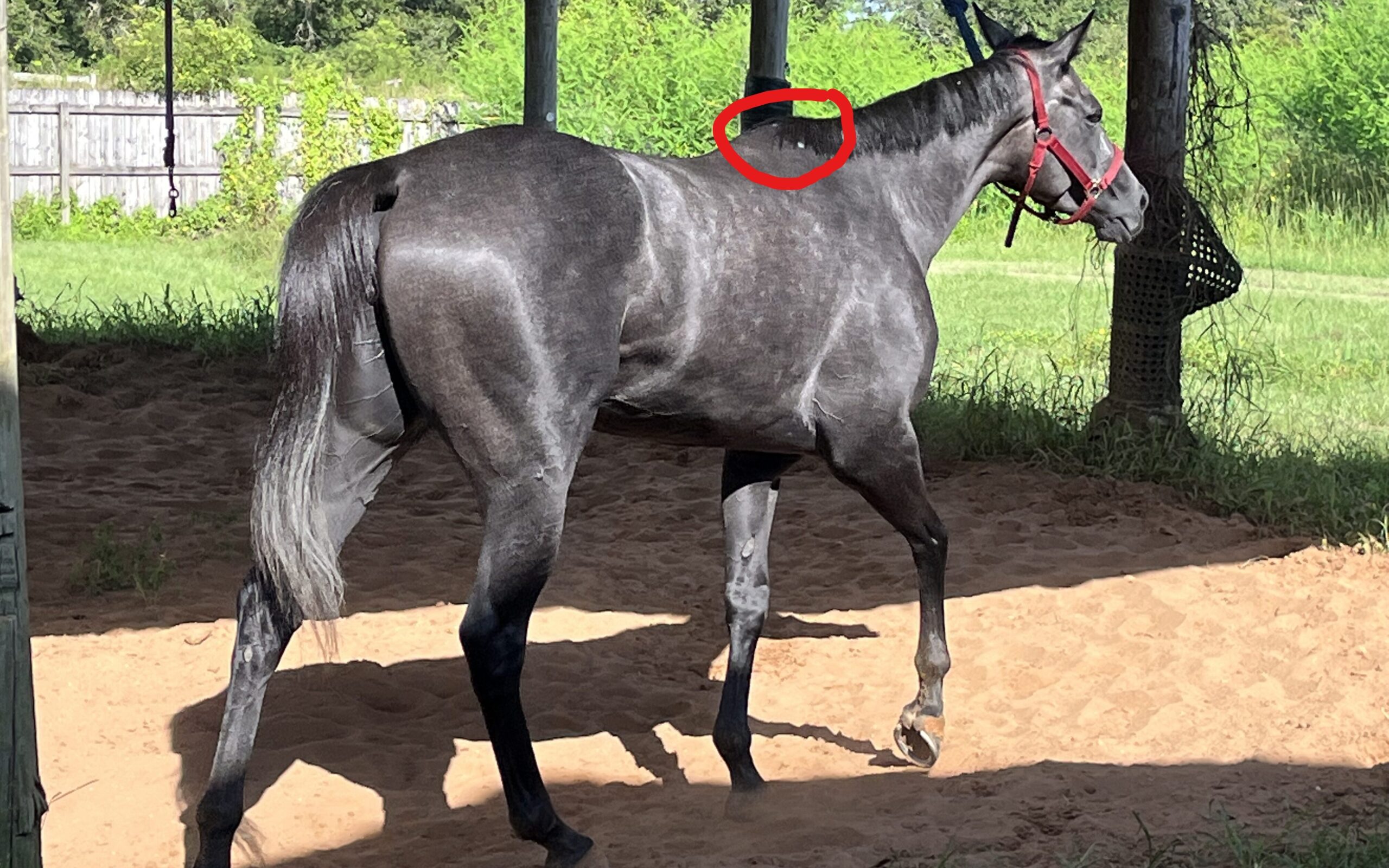
Horse Withers Anatomy Problems, Care, And Saddle Fit.
Horse withers are part of the spinal column that projects upwards between the shoulder blades of a horse. Withers provide support and stability for the horse during movement and act as an anchor point for connective tissue and elastic ligaments.

Horse Withers Anatomy Problems, Care, And Saddle Fit.
Great Tack Normal Withers A normal-withered horse will have withers that are smooth and blend into its neck and back . The horse's withers might be placed well beyond the point of the shoulder. This means that the horse's neck may appear twice as long as its underline.

withers noun Definition, pictures, pronunciation and usage notes
Fistulous Withers in Horses. Fistulous withers is a septic, inflammatory disease of the supraspinous bursa, a fluid-filled sac approximately 5 cm wide and 5 - 11 cm in length. The supraspinous bursa is situated between the base of the horse's neck and the start of its back, specifically in the region known as the withers.

What is a Wither on a Horse? Understand How It Affects Your Horse's
A normal-withered horse should have withers that are well-defined and well-muscled, blending smoothly into its neck and back. Their withers may also be set well behind the point of the shoulder, so the top line of the horse's neck is about twice as long as the underline.

Horse Withers Anatomy Problems, Care, And Saddle Fit.
7 Role of Withers in Horse Movement. 8 Signs of Healthy or Unhealthy Withers. 8.1 Signs of a Healthy Wither. 8.2 Signs Of An Unhealthy Wither. 9 How to Measure Withers for Saddle Fit. 10 Common Problems With Horse Withers. 10.1 Definition of Withers. 10.2 Painful Pressure Points. 10.3 Worn Haircoat & Skin Irritation.

Horse Musculoskeletal Diseases Infected Withers The Horse's Advocate
The withers on a horse are a vital yet overlooked part of a horse's anatomy. Located between the shoulder blades, these are the highest points on a horse's back. Understanding the withers helps ensure proper saddle fit, healthy muscle attachment, and overall well-being. Issues like sores, injuries, and asymmetry may arise. Prevent problems through grooming, saddle-fitting, exercises, and.

What Are the Withers on a Horse? (Equestrian Explained)
The horse withers anatomy, located at the top of the horses spine, is where the neck meets the back. The withers bone, technically known as the dorsal spinous processes, protrudes upward and serves as the anchor point for the shoulder blades. A well-defined withers allows for a saddle to fit properly and provides balance for the rider.

What Are the Withers on a Horse? (Equestrian Explained)
Withers are the ridge between the shoulder blades of an animal, typically a quadruped. In many species, this ridge is the tallest point of the body. In horses and dogs, it is the standard place to measure the animal's height. In contrast, cattle are often measured to the top of the hips.

HorseDVM Health AZ Fistulous Withers in Horses
The withers are located above and just behind the horse's shoulders where you would find the shoulder blades. They are the long thoracic vertebrae (roughly the 3rd through 11th) that support his head and neck. They are an important attachment point for the muscles of the torso.